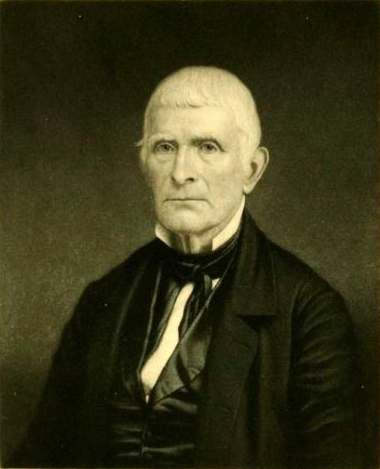Seth Thomas (1785-1859), American pioneer clock manufacturer and industrialist. Thomas was the first in the United States to mass-produce clocks, thus becoming a pioneer of mass-production techniques.
SETH THOMAS CLOCKS
 The name Seth Thomas is symbolic of value and excellence of craft, as a result of the variety of sophisticated styles it has produced since 1813. As the longest established clock maker in the United States (nearly 200 years), Seth Thomas is recognized as one of the most respected brands of clocks in the world.
The name Seth Thomas is symbolic of value and excellence of craft, as a result of the variety of sophisticated styles it has produced since 1813. As the longest established clock maker in the United States (nearly 200 years), Seth Thomas is recognized as one of the most respected brands of clocks in the world.
Thomas was born in Wolcott, Connecticut in 1785. He was apprenticed as a carpenter and joiner, and worked building houses and barns. He started in the clock business in 1807, working for clockmaker Eli Terry. Thomas formed a clock-making partnership in Plymouth, Connecticut with Eli Terry and Silas Hoadley as Terry, Thomas & Hoadley.
In 1810, he bought Terry’s clock business, making tall clocks with wooden movements, though he chose to sell his partnership in 1812, moving in 1813 to Plymouth Hollow, Connecticut, where he set up a factory to make metal-movement clocks. In 1817, he added shelf and mantel clocks. By the mid-1840s, he changed over to brass from wooden movements. He made the clock that is used in Fireman’s Hall.
During its early years, Seth Thomas quickly gained an impeccable reputation for producing the masterfully crafted grandfather clocks. Soon after, the company was also known for designing and producing some of the country’s most renowned tower clocks, including the tower clock at Grand Central Station in New York.
THE TOWN OF THOMASTON
Thomas died on January 29, 1859, Plymouth, Connecticut, and is interred at Hillside Cemetery in Thomaston, Connecticut. In 1875, the town was renamed Thomaston in Thomas’ memory. The company was then taken over by his son, Aaron, who added many styles and improvements after his father’s death.
In January of 2009, the Seth Thomas company closed and is no longer in operation. Oh, but what a legacy!

